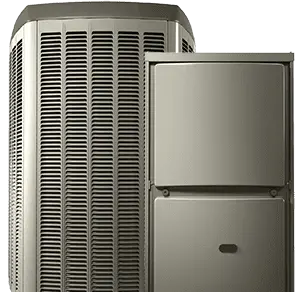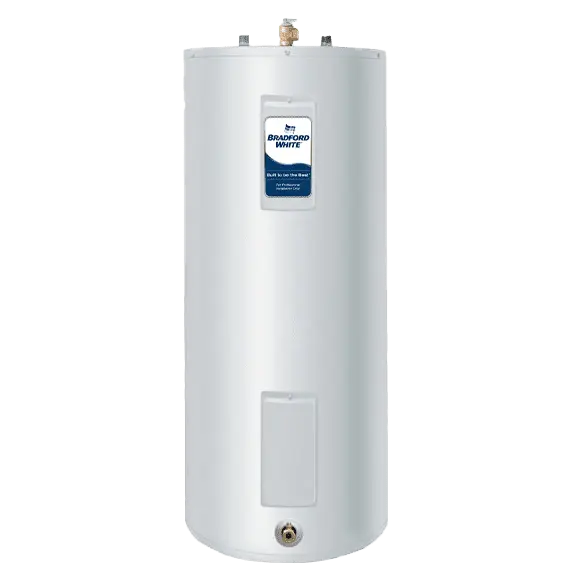Ragweed-to-Radiators: Guelph Fall Fan Modes & Setbacks for a Smooth Switch-Over

Ragweed-to-Radiators: Guelph Fall Fan Modes & Setbacks for a Smooth Switch-Over
Why the Fall Switch-Over Matters
September and October can bounce between warm afternoons and chilly evenings. Some days you still need cooling, other days the furnace turns on. That on-and-off pattern stirs up late-summer dust and ragweed, loads the filter faster, and shows up first in rooms with weaker airflow. That does not always mean the equipment is failing. It usually implies that airflow and thermostat settings need a fall reset. Natural Resources Canada’s homeowner heating guidance stresses keeping filters clean, keeping registers open, and setting thermostats correctly so systems don’t work harder than necessary.
Pick the Right Fan Mode for Shoulder Season
Your furnace or air handler fan can help even out temperatures if you use it on purpose.
- Auto is the default when the home is already comfortable. The fan runs only when there is a call for heating or cooling.
- Circulate or a low cycle mode is ideal for fall. It moves air in short bursts, blends warm and cool rooms, and pulls air through the filter more often while ragweed is still around.
- The fan runs continuously. It can help for a short period, but it can also use more electricity and, in some layouts, pull in cooler basement air. Use it briefly, then go back to Auto or Circulate.
If your thermostat does not have a circulate feature, add it to your fall tune-up request. Oosterveld can confirm your fan options and set them so they match the ductwork and equipment.
Use Modest, Canadian-Style Setbacks
Deep nighttime drops and big morning recoveries can make the furnace or heat pump work harder than it needs to once outdoor temperatures start to fall. A better pattern for Guelph homes in the early heating season is:
- Day or occupied: 21 °C
- Night or away: 19 °C
- Pre-warm: back to 21 °C just before you wake up
That 2–3 °C spread is enough to reduce operating costs without creating long recovery runs.
When you pair it with a circulate fan mode, the house usually feels more evenly distributed at 19 °C than it does with the fan off. If you have a heat pump in the system, keeping setbacks shallow like this also helps you avoid long recovery cycles.
Do the Fall Airflow Walk-Through
A five-minute airflow check fixes most hot–cold complaints.
- Change or clean the furnace filter so the blower isn’t fighting dust, pet hair, or ragweed.
- Open and clear all return grilles, especially the larger ones in hallways or basements.
- Open supply registers in bedrooms and family rooms.
- Check exterior intake and exhaust pipes for leaves, grass and nests. Do not block combustion or ventilation terminations.
- Test CO and smoke alarms according to the manufacturer’s instructions and current Health Canada/Ontario fire-safety guidance.
If rooms still stay cool after this, it is no longer a DIY register problem. That is when to have Oosterveld look at duct balance, static pressure, blower speed or thermostat placement.
Where Heat Pumps, Humidifiers and Maintenance Plans Fit
Oosterveld services furnaces, heat pumps, IAQ, and humidifiers so that they can set up your settings for the shoulder season. A heat pump can handle light fall heating efficiently when the airflow is clear and the thermostat is programmed correctly. A whole-home humidifier or upgraded filtration can also make fall air feel more comfortable as you use circulate mode more often.
The easiest way to keep all of this in line is to enrol in a Maintenance Plan so a technician can check airflow, venting, thermostat programming, and safety in one visit.
When to Call Oosterveld Heating and Air Conditioning
Book a fall tune-up or Maintenance Plan visit right away if you see any of these:
- Furnace or heat pump starts, runs briefly, then shuts off
- Visible frost, debris or staining at intake or exhaust
- CO or smoke alarms chirping or failing a test
- One or two rooms stay cold even though the thermostat is set.
- The filter gets dirty again very soon after replacement.
A fall tune-up can include a venting and combustion check, blower and fan test, thermostat confirmation and recommendations on the best fan schedule for your home.
Conclusion
Most fall comfort issues in Guelph are fixed by steady airflow, modest setbacks and clear vents, not by pushing the thermostat higher. Set the fan to circulate, keep the returns open, run at 21/19 °C for a few weeks, and watch how the home behaves. If comfort still drifts, let Oosterveld Heating and Air Conditioning tune the system and put you on a Maintenance Plan so everything stays balanced when winter actually arrives.

